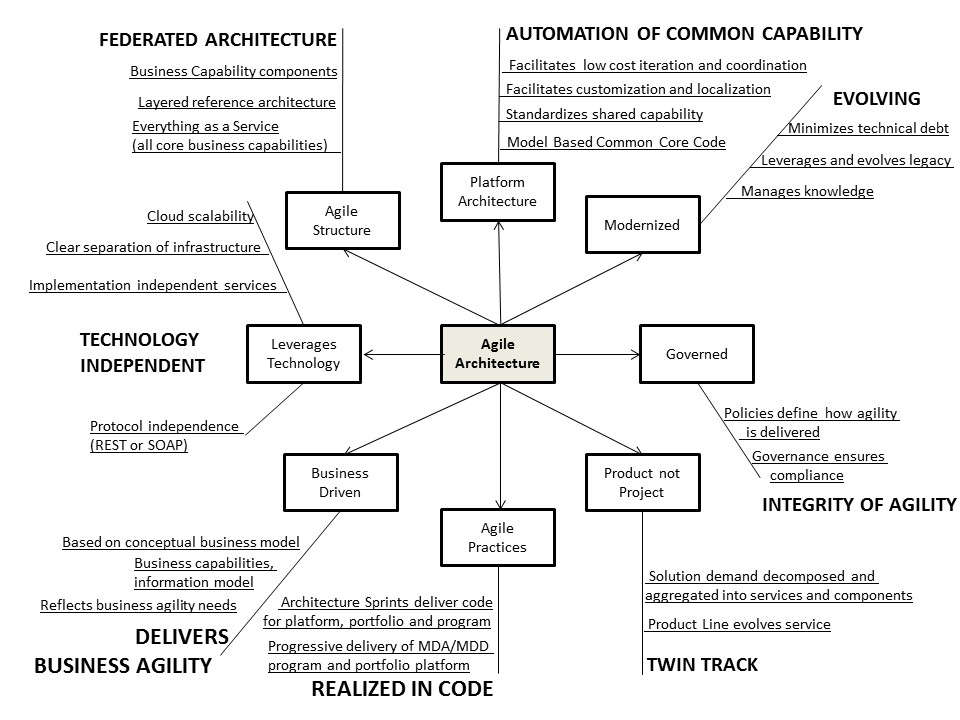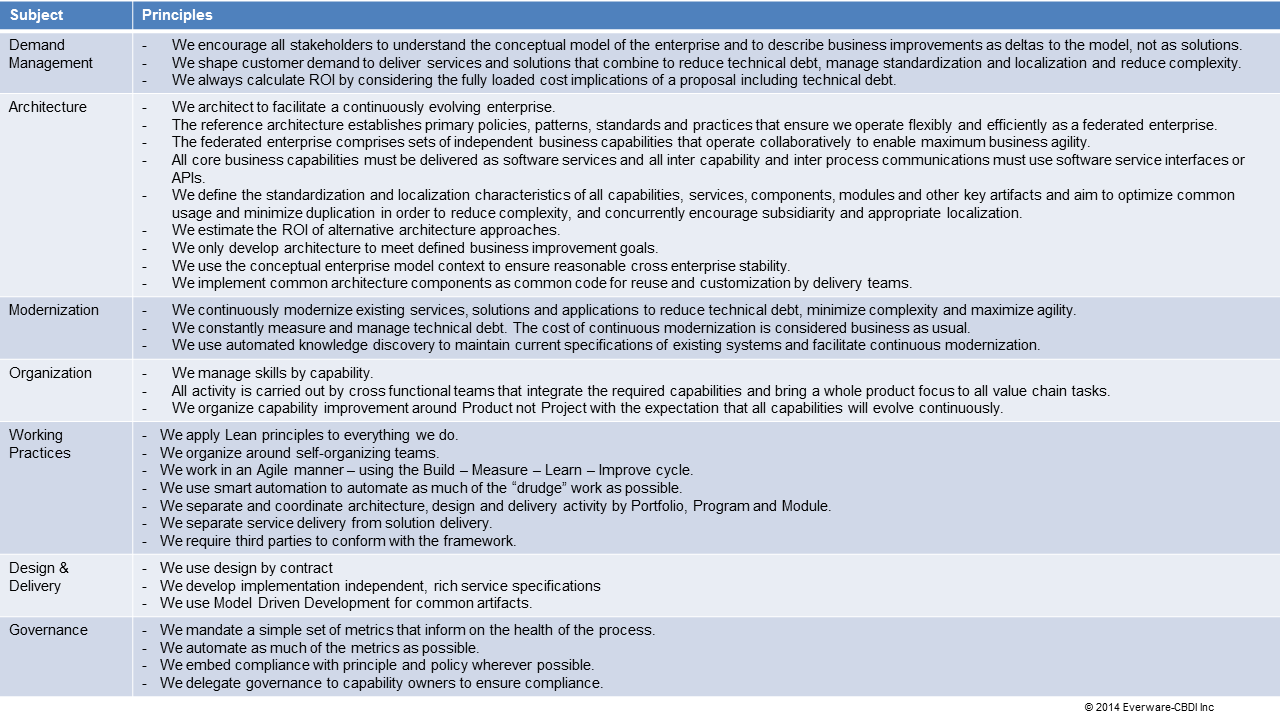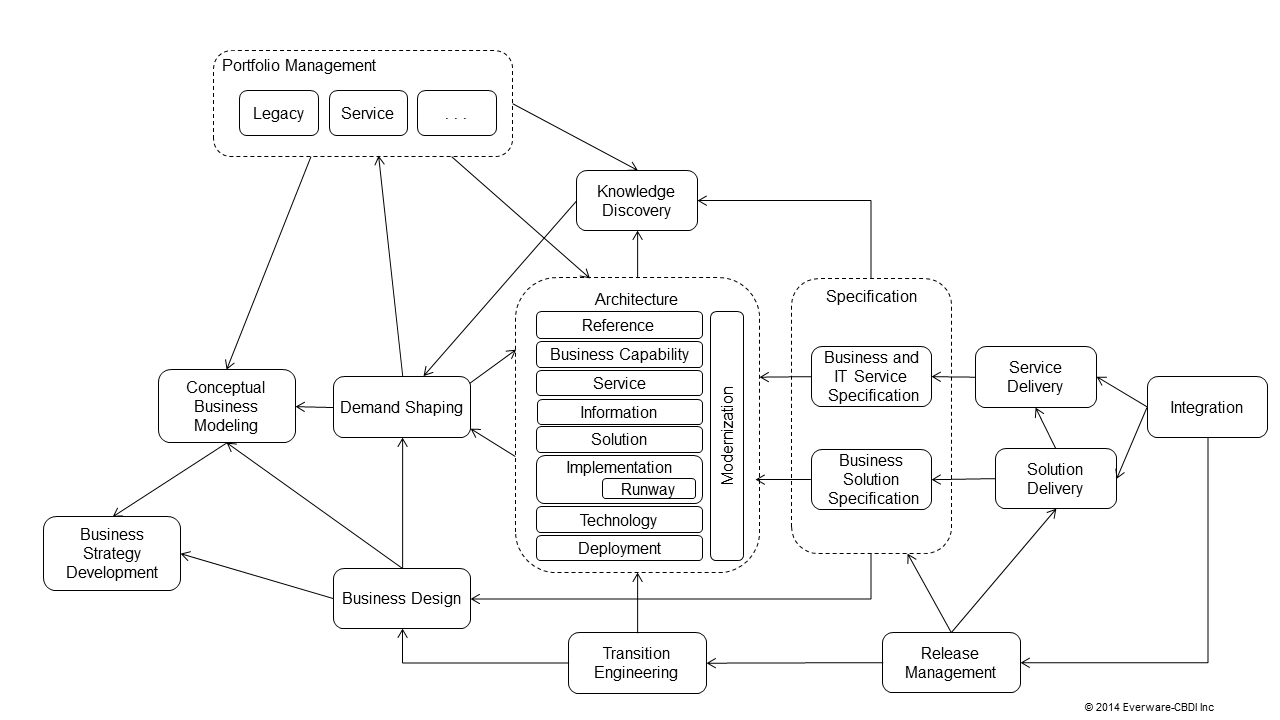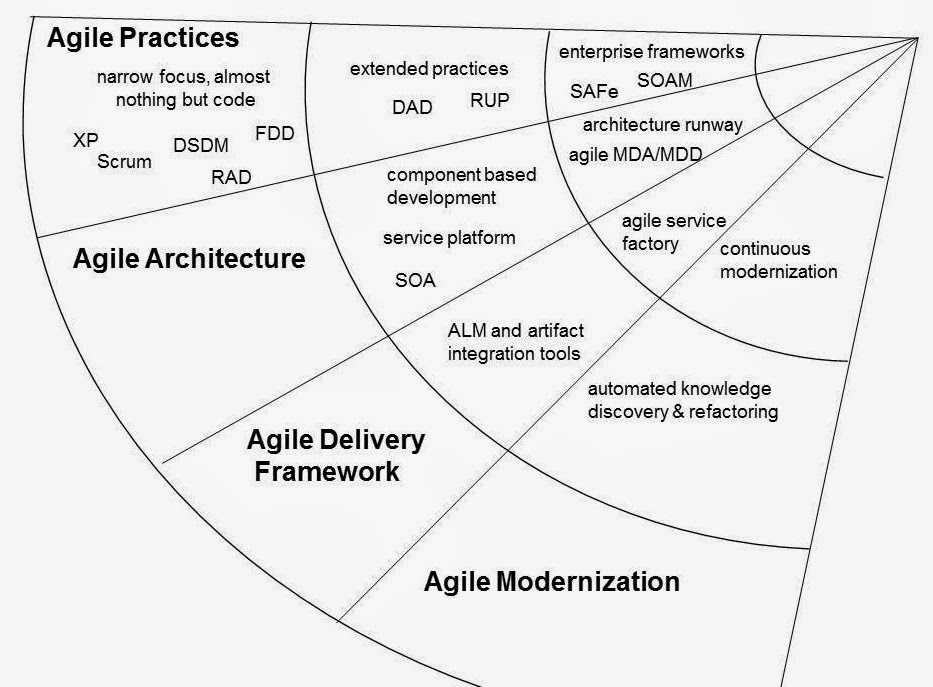There’s another metaphorical asteroid approaching the world. The last one (the Web) hit around 1991 and we are still struggling to come to terms with it. But the next one is an order of magnitude bigger – it’s often referred to as Digital Business. It’s not a bad name, but it doesn’t immediately signal some of the awesome impacts that will result. Essentially Digital Business is about Web enabling everything we do. Don’t be fooled into thinking this is about Google Glass, or the Smart Watch. It’s about Web enabling “everything”, from vehicles, power and water meters, appliances, houses, offices, driverless cars to traffic management systems, personal healthcare and anything you can think about. All these nodes become devices using sensors to communicate on a peer to peer basis via Machine to Machine (M2M) networks, and generate vast amounts of data that will revolutionize the way the world works! Like the Web, adoption will be slow at first, but the initial stages are already happening and we can expect it will be another 15 to 20 year change cycle which follows an exponential growth curve.
Don’t believe me? A really good example I just happened to see as I wrote this blog, is the smart bike lock from Lock8. The lock is paired with a mobile app and, lo and behold it’s paired with a peer-to-peer marketplace that a) alerts the owner if someone tries to steal the bike and b) tracks it if the thief manages to take it away, and c) even allows owners to loan or rent their bikes to friends or others registered on the service, and make a little cash on the side. Of course Lock8 also works in lots of other use cases. And just to reinforce the message, Lock8 have been hugely successful in raising significant funding through crowdsourcing!
It’s interesting to observe the media debate about Google Glass, which is strongly focused on privacy issues. Yet there is little or no debate yet about the Web enablement of almost everything, which has far more implications, not just for privacy, but also security, reliability and risk, as well as impacts on employment and changes in long established cost assumptions. It’s likely that Digital Business will trigger huge cultural changes. And that’s before you get to talk about humanoid robots to do our housework, look after children and older citizens. And yes they are coming also.
So what’s happening to the archetypal enterprise in this process of change. And what does enterprise architecture look in this changing environment? Of course technology is the primary stimulus, but we need to look at the social and economic effects of new technology enabled capabilities to understand how the enterprise may respond.
By coincidence I noted the Drucker Form met last month in Vienna and one of their major topics was Complexity. And there was fascinating debate about what complexity is, and whether it is increasing over time. And surely the Digital Business with the expected exponential growth in nodes, information and dependencies is going to be a major driver of complexity increase.
Roger Martin, of the University of Toronto, told the forum that one reason we feel overwhelmed by complexity . . . is because of a growing tendency to see and study problems within silos. The complexity of our world has actually not increased. It is just the unaddressed “inter-domain complexity” which makes us feel like everything has become more complex.
Don Tapscott, (of New Paradigm) was clearly responding to this issue of inter-domain complexity when he told the conference – first, our institutions need to radically decentralize. Further, the future is not to be predicted, but to be achieved through a new dynamic paradigm including self-organizing, emergent and sometimes resilient networks involving millions of stakeholders. These networks embrace, active participation, uncertainty and constantly changing conditions, and they show great promise for solving global problems and governing an volatile and complex planet in the future. Command and control being replaced with self-organizing networks. Linear and non-linear organizations.
I particularly liked Tapscott’s analogy of murmurations of flocking starlings. Starlings somehow organizing themselves en masse to see off predators are at the opposite end of the (command and control) leadership spectrum from the arch bureaucrat. It reminds me also of the March of the Penguins. Did you ever see the huddle of thousands of penguins, their backs to the ice cold wind, continuously moving inwards and then outwards to allow all the group members to share the extreme exposure and protect the inner circle.
And of course this is what’s happening today. Self-organizing networks are forming everywhere, facilitated by the Web, and enabling collaboration and information sharing and transactions on a local and global scale without any central command or control.
So what does the Enterprise model of the future look like? In the diagram below I suggest the enterprise is a network of networks, a series of Capabilities that are supporting many Networks. The scope of the enterprise is the extent of interest in the Networks and Capabilities, not the boundaries of the enterprise as a legal entity. Participants are of course any form of Node, Device, Person, Entity that has a relationship with the Capability through some form of Experience and /or Channel. That Experience is provided by one or more Solutions, but we should plan that distributed Capabilities collaborate to share common assets on many levels. Note this is a very high level diagram, and you can safely assume that all the relationships are many to many. Further there is much more detail that is required particularly to make this a business AND IT model. But it is sufficient for my purpose in showing a core enterprise.
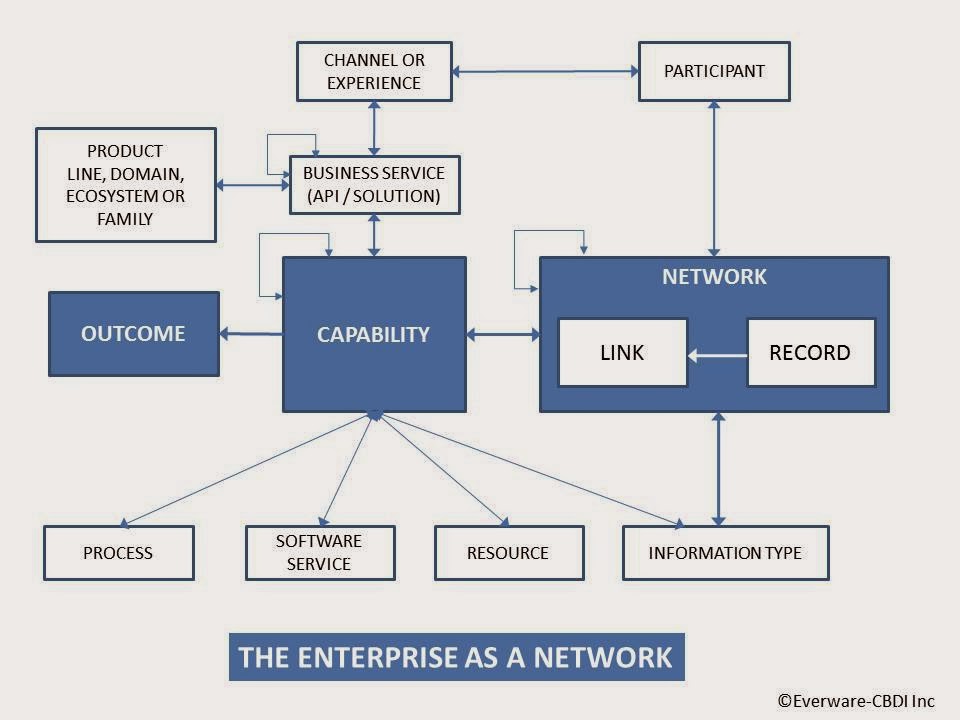
So what does the Enterprise Architecture look like in the fully distributed, self-organizing enterprise. The diagram below shows that the new EA needs to establish the basis for the federated business with architectures that are about managing the interconnections and dependencies, while allowing the distributed business to have as much freedom of action as is possible. The Reference Architecture , therefore defines the minimum necessary alignment. The Platform Architecture manages the essential business and IT interoperability and consistency that ensures the federation has minimum necessary cohesion. The Common Asset Architecture is then a portfolio of pluggable service components – that comply with the platform and facilitate sharing of common behaviors where appropriate, and enable solutions that have the necessary level of enterprise consistency together with required level of localization. Each of these architectures of course has the five views – Business, Service and Application, Implementation, Technology and Deployment. But this is a Federated Enterprise Architecture, that’s purpose is not to exert command and control over the leaf nodes, rather to facilitate the minimum necessary consistency to ensure the enterprise is a) in regulatory compliance and b) able to optimize cross enterprise dependencies, information and customer experience.

In the Digital Business world Enterprise Architecture is vital, but it needs to be tightly focused on optimizing the distributed, federated business work, which means delegation. And here we have another cultural problem, because we have to embrace subsidiarity, the notion that all matters ought to be handled by the smallest, lowest or least centralized authority capable of addressing that matter effectively. And in general we are very bad at subsidiarity. Enterprises tend to prefer command and control as the default modus operandi.
The diagram below suggests that EA needs to undergo a significant transformation, moving from the As-Is in which the objective is frequently to seek the highest level of commonality to a To-Be model in which the aim is to organize the business as independent capabilities. Clearly this is much more than an architecture issue. It must be reflected in the way the business and IT are organized, transferring and delegating responsibility to leaf nodes, while establishing and governing the key policies that make the enterprise a coherent whole.

In my experience many enterprises have frequently responded to Web based business opportunities in a tactical, technology led manner. This has led to duplication of core business capabilities and, I observe, critical weaknesses in customer experience and lost opportunities. Many enterprises particularly telecos, publishers, video stores, music and media firms, have through competitive pressure come to recognize the strategic importance of the Web. In embracing the Digital Business, enterprises may be tempted to go down the tactical route, but this is likely to be a big mistake, as the network effect will become an integral part of the enterprise’s product and services.
It’s true that Asteroids don’t hit the earth very often, and when they do the impact is immediate and very dramatic. Digital Business isn’t going to be instantaneous, but the impact is likely to be colossal. So the key message is – figure out your new reference model, get rid of command and control, but manage the cross network dependencies at all levels of the reference architecture – that’s how you deliver real agility in the new world.
References
Drucker Forum
Lock8
Links:
Blogpost: Agile Architecture
CBDI Journal Report: Capability Planning and Analysis
